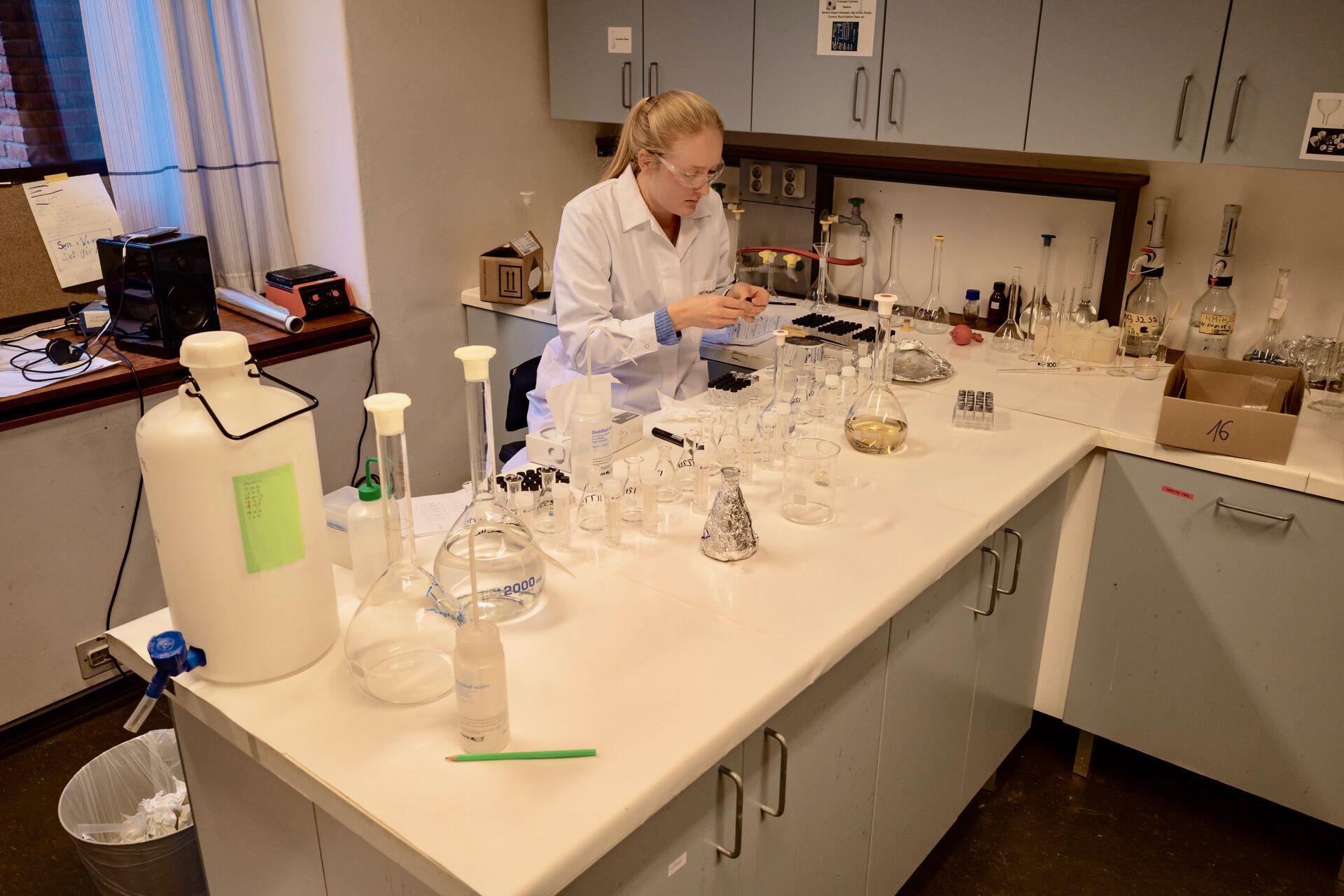Since 1960, freshwater bodies in southern Norway has experienced a decrease in pH due to acid rain. In order to monitor the status of the Norwegian lakes, several national surveys have been conducted over the whole Norwegian territory. The first one was conducted in 1986, covering 1005 lakes. In 1995, a new survey was conducted including 1006 lakes, as part of a larger project aiming at evaluating the impact of acid rain in Fennoscandia, Iceland, Denmark and Svalbard. These 1006 Norwegian lakes have been sampled again in the autumn 2019 to get a new overview of their chemical and ecological status in a context of a changing climate. This project was implemented by NIVA and in October and November, two helicopters covered the whole Norwegian territory from north to south collecting water samples.
In close cooperation with NIVA, CBA (Centre for Biogeochemistry in the Anthropocene) conducted a complementary survey in 73 of the 1006 lakes from southern Norway. The aim was to collect supplementary samples to provide additional parameters, from those which required immediate handling of the samples (e.g. DNA), to those requiring larger volumes of water, which was not possible with a 2-minutes helicopter stop. A total of 17 people from the CBA took part in the sampling, which started on October 1st and ended on November 10th. But the sampling itself is only the tip of the iceberg: upstream, the coordination between the departments of Biology and Chemistry, as well as NIVA, was necessary to come up with the right amount of sampling equipment, select the lakes or define the parameters to be analysed. Downstream, numerous of parameters were measured, both in biology (gas concentrations, bacterial quantification, DNA...) and in chemistry (pH, ions, trace metals, biodegradability...). At the moment, most of the analyses have been conducted and we are now in the process of consolidating the database, to make it easily accessible for further work.
Thanks to the latitudinal variability of Norwegian lakes, and to the wide range of analyses that were conducted after the fieldwork campaign, the CBA will provide an extensive dataset, allowing to the society to have a deeper understanding of environmental changes in Norway.

In the Environmental chemistry section, we are focusing on modelling the biodegradability of the dissolved natural organic matter (DNOM) and its correlation with nutrients and elements contained in the lake water. Further work and possible master projects may include linking these results with data from the catchment (land cover, precipitations, temperature). In addition, deeper studies of the link between DNOM and other elements, like iron or mercury, will be conducted.
